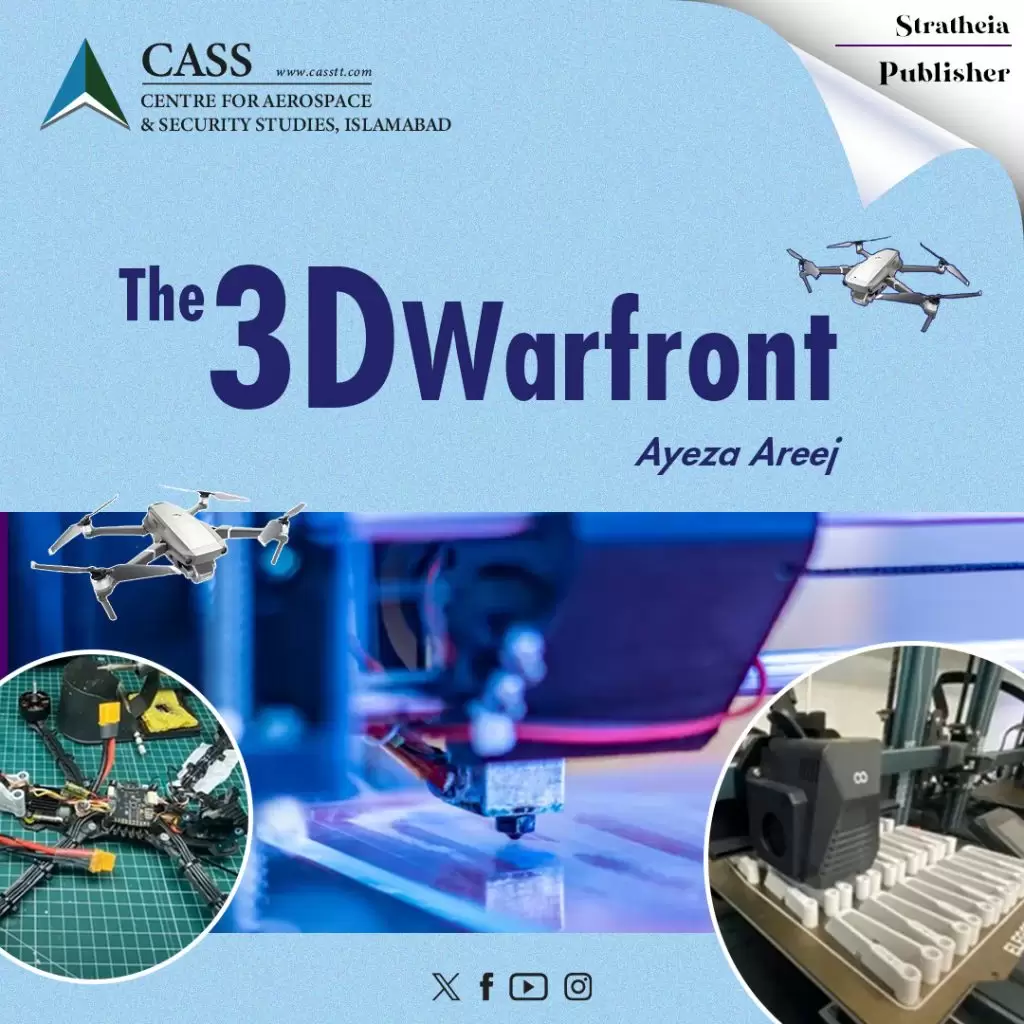Connectivity is vital for generating revenue and prosperity not just for a single state but the region as a whole. Connectivity opens new doors of regional integration and conflict resolution at the same time. Therefore, all states aspiring for economic security must prioritize building bridges of trust.
Economic security in the 21st Century has become an indispensable element of states’ national security apparatus. The concept of security has evolved since the end of the Cold War, following growing demands in the strategic community of expanding its scope to better account for globalization and changing global political dynamics. In this context, then, the global strategic community came to an understanding that national security is a multifaceted concept rather than just traditional hardware as perceived by realists. If these aspects of security are overlooked, future generations would bear its disastrous consequences. A recent discussion organized by the Centre for Aerospace & Security Studies at the Islamabad Security Dialogue highlighted the need for a comprehensive approach to economic security that encompasses all primary determinants of national security.
Economic security is defined as “the ability of a nation-state to obtain, through production or fair trade, those goods and services it needs in order to preserve its national security.” The former’s primary determinants at the national level include geographical location, natural resources, industrial and agricultural potential, and the quality of a nation’s infrastructure. Hence, economic growth and prosperity is directly linked to a state’s ability to utilize its geographical location, industrial and agricultural potential to pursue regional economic cooperation and integration.
The idea of economic corridors (EC) is linked to economic security as it typically features three complementary components – a transport corridor, industrial production centers, and urban centers. The transport corridor is considered the focal point of trade as it ensures smooth flow of goods and services. The industrial production centers are responsible for production of goods both for local consumption and international trade. Urban centers and cities are responsible for provision of labor and technology that spur economic growth, besides providing housing and living facilities to an increasingly growing urban population.
The idea of economic corridors is to align infrastructure development with urban agglomerations, link domestic markets, connect production centers with global value chains, create markets in the least developed regions, compensate for energy shortfalls, increase trade, investment, reduce poverty and generate sustainable development. From a stability point of view, the proponents of Economic Opportunity Cost Hypothesis assume that the idea of economic corridors is to increase economic interdependence and opportunities for trade. This interdependence they believe can be handy in reducing new conflicts and escalation, especially in South Asia.
However, this is just one side of the picture, the other side is not very promising as according to World Bank economist Martin Melecky, “not all corridor investments are equally successful in creating large economic surpluses that spread fairly throughout society.” Hence, a state needs to prioritize the best options available for corridor development and a holistic approach that will deliver the best results in terms of generating revenue and welfare for its society.
The launch of CPEC in Pakistan is evidence of its geostrategic location and economic potential. The Chinese strategy of economic integration through economic corridors and infrastructural development has paved way for Pakistani policy-makers to view the rationale of economic corridors keeping in view our domestic and regional landscape.
In terms of economic viability, CPEC is considered a game changer. An IMF study on CPEC forecasts that Pakistan’s export revenues in 2024 would rise to $40 billion. The revenues generated via CPEC can be absorbed without much stress on the balance of payments (BOP) if Pakistan continues to ensure that exports grow by at least 10% annually.
Under CPEC Pakistan’s GDP will increase by 2.5% from 2015 to 2030 and add over 700,000 jobs to its labor market. A World Bank forecast that Pakistan’s GDP would increase up to 6.43% until 2030. A secure economic base expands the financial reserves available to governments empowering them to not only think about effective policy options, but also enables them to introduce reforms and capacity building programs to groom labor for specialized developmental projects.
The long-term benefits of CPEC and its fruitful implementation depends on the social and economic conditions of the country and the region. The domestic instability and trust deficit between the federal and provincial governments is undermining the execution of CPEC projects. The unaddressed socioeconomic grievances of Balochistan points towards institutional failure, and is a primary impediment in the development of a mutually agreed national narrative. Peace in Afghanistan is also imperative for the success of this Corridor.
Other than internal challenges, CPEC is also posed with regional challenges. Its initiation is considered a threat by India which continues to raise objections instead of seeing how the project will benefit its own citizenry as much as Pakistan. There have been reported incidents where India has been trying to sabotage CPEC projects to derail its implementation.
Albert Einstein said, “We cannot solve problems by using the same kind of thinking we used when we created them.” Traditional solutions have become obsolete in a world of complex systems and power relations. According to Dr Shamshad Akhtar, the former Governor of State Bank of Pakistan, to ensure economic security, Pakistan must seek global alliances, while tapping opportunities of regional economic cooperation and integration potential. Moreover, a strong political commitment and a liaison between state institutions is a vital need of the hour. Pakistan also needs to build a strong economic narrative and strengthen its economic diplomacy at the global level, while balancing its conventional security requirements.
Amna Tauhidi is a researcher at Centre for Aerospace & Security Studies (CASS). She can be reached at [email protected].





